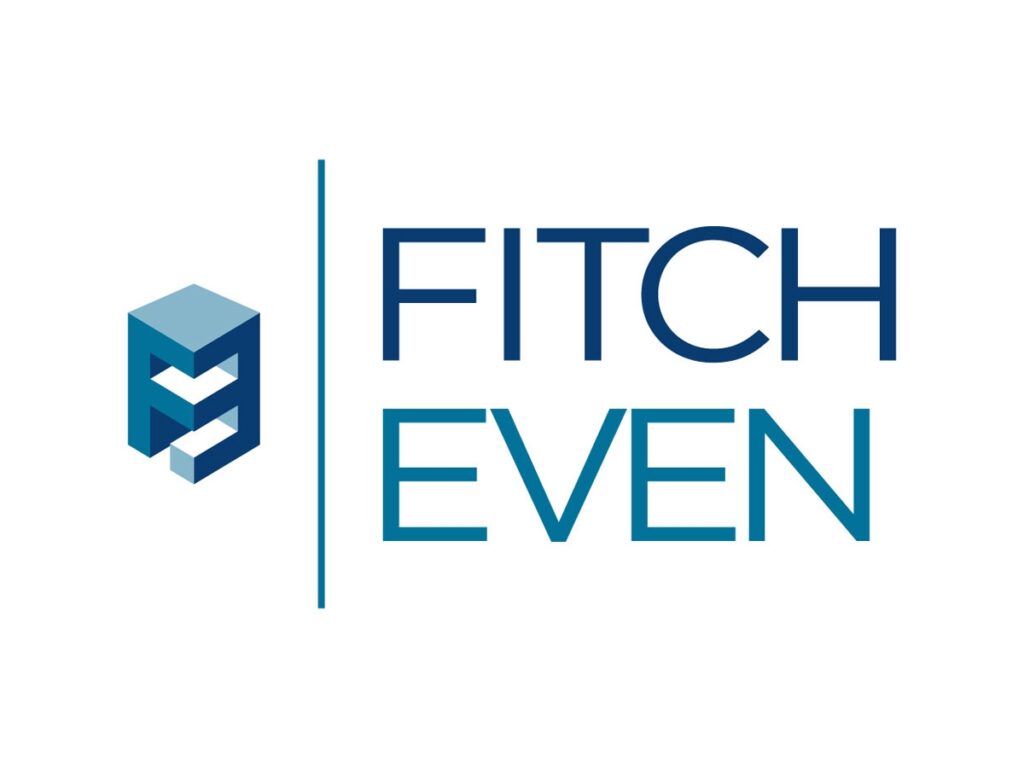Copyright law protects creative works that are “fixed in any tangible medium of expression”—but it is hard to imagine that the drafters of this language envisioned that the human body would become such a popular medium of expression. Tattoo art is now ubiquitous in pop culture and everyday life, and it raises unique challenges when it comes to intellectual property rights. In particular, how do the rights of the tattoo artist and the tattooed person interact and coexist? And what happens when a tattoo is based on a photo or drawing by someone else, as is often the case? Several recent legal disputes have examined these questions.
One of the most prominent cases involves NBA star LeBron James aka “King James.” James granted the NBA the right to use his likeness, and the NBA in turn authorized game maker Take-Two to feature an avatar of James in the popular game NBA 2K. In the game, James’ avatar shows his distinctive tattoos:

(image included in complaint)
The tattoo artist who inked several of these tattoos sued Take Two for copyright infringement in December 2017 in the Northern District of Ohio[1].
At trial, James testified in favor of Take Two: “From my tattoos to my ears piercing to my scars to everything that’s been a part of my body for 37 years, if I decide to give it out or license it or let someone see it, that is my right.” The tattoo artist, on the other hand, argued that he owned the copyright in the tattoo art, and that Take Two publicly displayed the tattoos without his permission via James’ avatar.
In the end, the jury sided with Take Two, finding that no infringement had occurred. The winning argument was that, when the tattoo artist knowingly inked a famous celebrity, he necessarily gave James an implied license to publicly show the tattoos on his body, and that James had the right to commercialize his own likeness, including his tattoos.
In a similar case brought against Take Two in 2016 in the Southern District of New York, the outcome was the same[2]. However, another case brought against Take Two in 2018 in the Southern District of Illinois had the opposite outcome: a jury found that displaying the following avatar of professional wrestler Randy Orton in Take Two’s WWE 2K game series violated the rights of the tattoo artist who had inked several of Orton’s tattoos:

(image included in Take-Two’s expert report)
However, the jury awarded only $4,000 in damages, and even that low amount was recently overturned as speculative[3]. Clearly, courts and juries are struggling with how to address the interacting—and sometimes conflicting—rights of tattoo artists and tattooed subjects. But these cases, overall, suggest a prevailing view that people should be allowed to do what they want with artwork that is permanently etched on their own bodies, even if the letter of the law might support a finding of infringement if the artwork were fixed on a more traditional canvas.
Another issue with tattoos is that they are often inspired by existing artwork. It is very common for people to bring reference images to show their tattoo artist in the form of drawings, photographs, or even images of other tattoos that they like. That is exactly what happened in 2017 when Kat Von D, a famous tattoo artist and reality TV star, used a photographic portrait of Miles Davis, aka the King of Jazz, as a reference when tattooing her friend:

(image included in complaint)
The problem? The photo was taken by photographer Jeffrey Sedlik, who owned a copyright registration for the photo and ultimately sued Von D for copyright infringement. Most who were following the case did not debate that the tattoo and the photo were substantially similar but instead anticipated that the case would turn on whether Von D’s tattoo constituted fair use. The copyright community was eager to see how the jury would apply the new guidance on fair use after the Supreme Court’s 2023 Andy Warhol decision[4]. However, at trial earlier this year, the jury did not reach the issue of fair use,[5] instead finding that no infringement had occurred because the tattoo was not substantially similar to the photo due to artistic differences such as altering the lighting to make it visible on skin, adding shading to the perimeter of the portrait, and altering the perception of movement. The ruling has been heavily criticized, and many predict that the verdict will (or at least should) be overturned, and it is currently pending appeal before the Ninth Circuit.
Given that tattoos are often derivative and meant for public display, the normal constraints of traditional copyright rules may seem unsuitable. However, this is not the first time that copyright law has appeared ill equipped to handle the nuances of a particular industry, nor is it likely to be the last: copyright law, by its very nature, governs ever evolving art forms and technologies. Although cases involving tattoos thus far are inconsistent with too few rulings to provide cut and dried lessons, the law will continue to adapt, and more litigation should offer better clarity in the coming years.
Fitch Even IP Alert®
[1] Hayden v. 2K Games, Inc. et al, No. 1:17-cv-02635.
[2] Solid Oak Sketches, LLC v. 2K Games, Inc., 449 F. Supp. 3d 333, 339 (S.D.N.Y. 2020) (granting defendants’ motion to dismiss, finding that there could be no copyright infringement because the tattoo artists necessarily granted the celebrity athletes implied licenses to use the tattoos as part of their likenesses).
[3] Alexander v. Take-Two Interactive Software, Inc. et al, No. 3:18-cv-00966.
[4] Andy Warhol Foundation for the Visual Arts, Inc. v. Goldsmith, 598 U.S. 508, 508 (2023)
[5] The jury did rule that social media posts featuring the tattoo were protected under fair use, but the jury did not reach the question of whether the tattoo itself constituted fair use.
